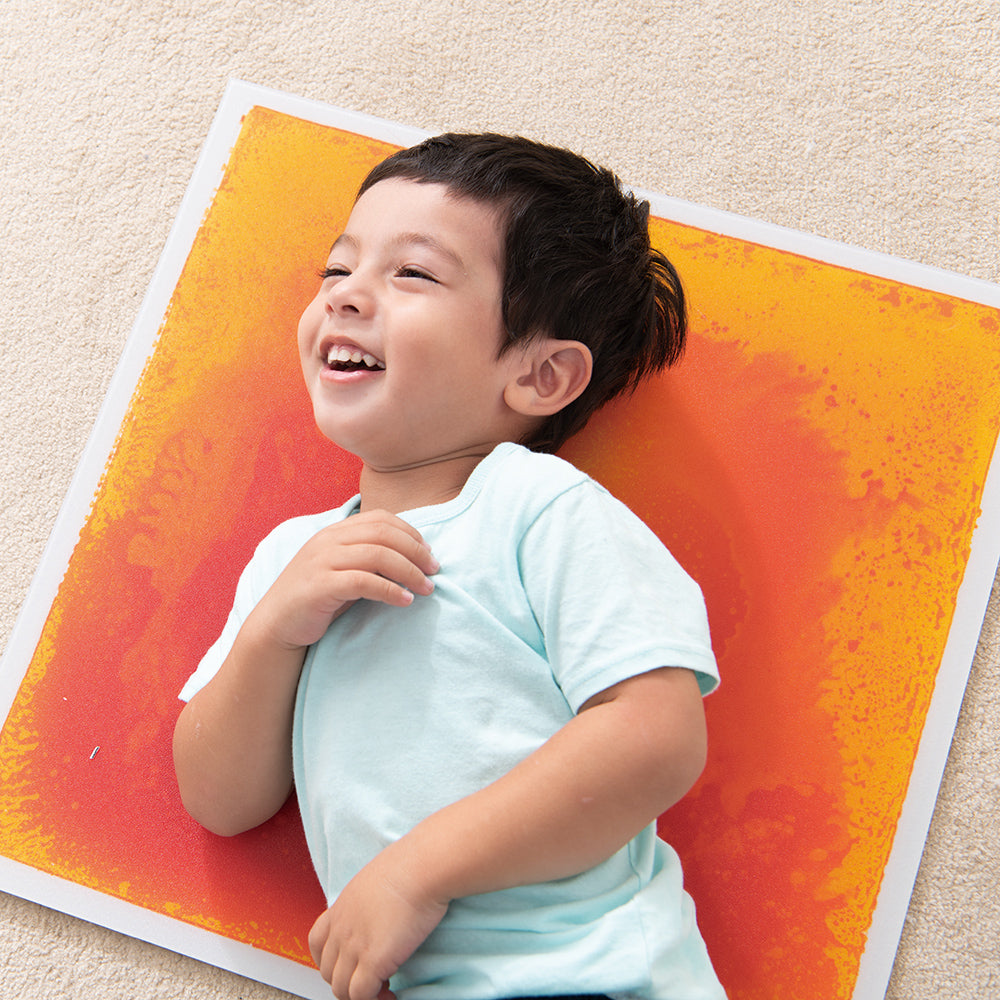
Dec 05 , 2022
Childhood Anxiety And The Importance Of Playtime
Today more and more children who have been diagnosed with anxiety, We are concerned about the paucity of resources to help their mental health to live a wonderful life. I wrote this post to explain how there are several anxiety triggers in children's lives and how you can utilize various activities and products to naturally calm them down.
The importance of playing
First and foremost, play is a child's language and a means of communication for them. Much more than by talking, child can convey a wide range of feelings through play.
It is very important that children is young and unable to explain what is happening verbally, externalizing what is happening through play allows them to express and communicate.
Playing with kids, getting to know them, and assisting them in relaxing in a pleasant and safe environment is an excellent practice to implement with anxious children. It can help them calm down and relieve tension.
The mutual interaction generated through play is significant to creating solid and sustainable bonds. When we play with our child, we need show our interest in being with them and having fun together. When kid plays with another person, connections are formed in the child's brain that stimulate vital neural connections and act as a natural sedative.
Anxiety in Children
Francesca Coltrera provides a list of particular signs that a child may be experiencing anxiety in her post "Anxiety in Children" for the Harvard Health Blog. They include signs including difficulty falling or staying asleep, restlessness or weariness, temper tantrums, sobbing, headaches and stomach aches, and trouble concentrating. Exaggerated fears are another common indication we know (of separation from parents, school, death, recurrent nightmares).
There are various forms of anxiety that we can find in kids. Coltrera identifies separation anxiety (excessive fear of the child to be separated from his parents), social anxiety (extreme fear of the child to participate in social environments such as school or a birthday), and specific phobias (excessive fear of something special such as dogs, aeroplanes).
Coltrera further points out that biological, psychological, and environmental variables can make a child more predisposed to anxiety.
In this blog, I want to concentrate on environmental issues and how we may adjust the environment to help kids feel less nervous or learn how to deal with their anxiety.
Adults can provide an environment that helps the child manage anxiety.
Organization and structure:
Children need routines and organization in their environments, and especially those who have a propensity to anxiet.
It is crucial to give them timetables and organization for their daily jobs and activities. The kid needs a certain schedule each day to go to bed, wake up, do their homework, eat, and take a bath. All of this provides the child with the structure and stability they need to feel calm and assured that they are familiar with their surroundings and what is to come. Giving a child ambiguity when they already don't know what their day will hold is not good for their mental health.
Be empathetic with their suffering and help them name their emotions.
Because the kid may not always understand what is going on, it is crucial to encourage her to talk about these problems, her anxieties, her worries, how she feels, and where she feels. Storybooks are a useful tool since the kid may sort of relate to the character and his issues.
It is also crucial to help children identify their feelings and make a distinction between what is occurring to them and those feelings. It is not the same if anything makes us happy or sad; for this reason, it is critical to assist the child in naming the various emotions and distinguishing between what she feels at each time. When the child go back home from school or wakes up, you can make cards with the names of the fundamental emotions and place them on the wall to inform him of his current feelings.
Being a positive role model
It s crucial in the early years to be a role model for children and assisting them in learning to control their emotions.
Putting into words what we believe is occurring to the child and discussing how you are feeling is one good way . By doing this, we provide the kid the confidence to feel that their home and the adults in their lives are safe spaces where they can talk about their problems freely.
It is crucial that adults understand how to handle stressful or frustrating situations to demonstrate to children that we can control our emotions. If, as adults, we show fear or become overly nervous about things that happen to them or us, the child learns that this is the way to behave and that fears are overwhelming.

